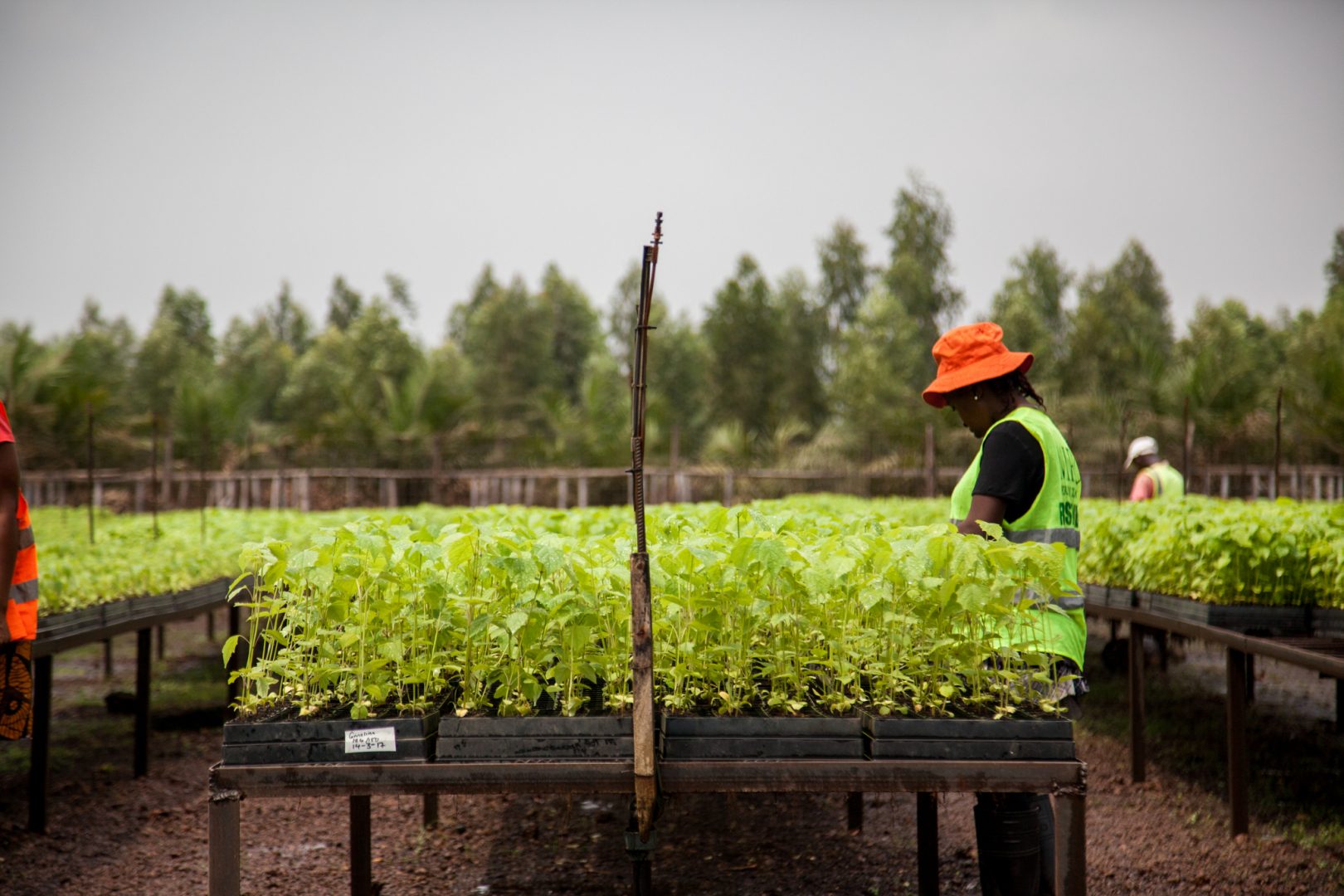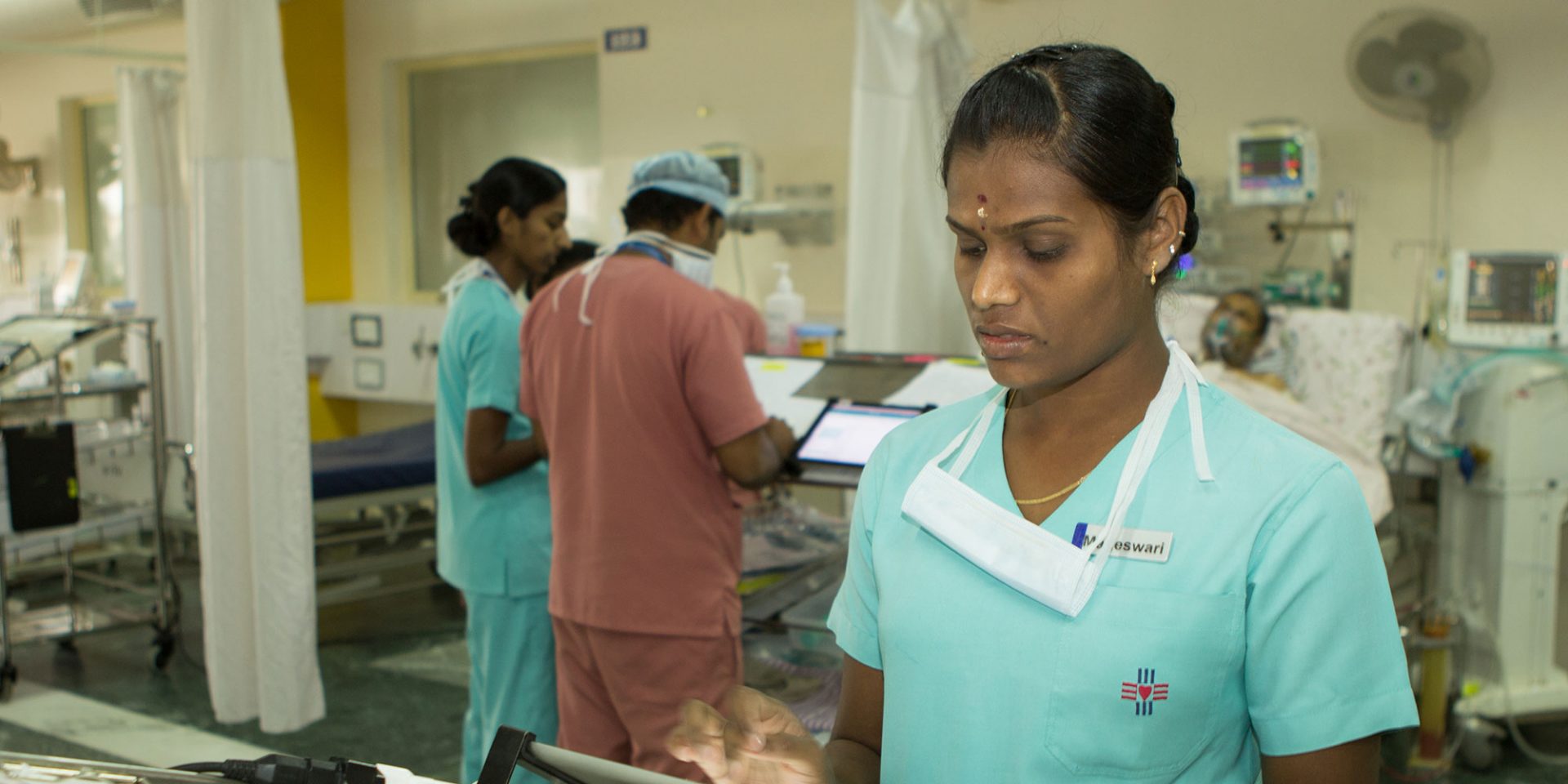Background
Since the 1930s, water use in India has increased at a greater rate than its population. This longer-term trend, coupled with an immediate pressure on supply caused by climate change, consecutively weak monsoon seasons, rising heat waves and droughts, has caused a crisis.
The future looks uncertain too – it is estimated that demand for water in India will outstrip supply by as much as 50 per cent by 2030. It is imperative that businesses in India, particularly those using large volumes of water, use it in the most efficient way.
Introducing measures to improve water efficiency not only have a positive impact on the environment, they also save money for companies.
What we did
In 2014, we invested in Narayana Health – an Indian healthcare provider, which provides affordable care to lower-income patients. Generally, hospitals use significant amounts of water as it is crucial to day-to-day operations. It is, therefore, important that it’s managed properly – particularly as India is witnessing increasing scarcity of water.
One of the requirements for our $48 million investment was for Narayana Health to create an Environmental, Social and Governance (ESG) team to develop and deliver a comprehensive environmental management system across all of its hospitals. Our team worked closely with colleagues at Narayana to ensure the plans would benefit the business and minimise its impact on the environment.
Integral to the plans were CDC-funded water audits and a water sewage treatment plant assessment at a Narayana Health hospital in Kolkata, West Bengal. The initial surveys found that simple interventions – like avoiding water leakages or installing low-flow devices in kitchen – could create savings of more than 10 million litres of water a year.
This prompted the Narayana team to organise a company-wide water leak campaign during World Water Day to help raise awareness. This success ensured a wider programme of water management policies could be introduced.
The results
Further water audits were made across Narayana hospitals to better understand the main sources of water consumption and how savings could be made. Several further water efficiency measures were then considered and introduced in response. These involved effective re-use and recycling of alternative water sources like treated waste water, introducing water efficient taps and flush systems, and increasing the use of harvested rainwater.
There were reductions in water use across all of Narayana Health’s facilities, providing significant cost savings:
- A more than 30 per cent reduction in total water consumption across Narayana Health facilities – when comparing March 2016 with March 2017, resulting in cost savings of more than INR 100 lakhs (around $156,000).
- Narayana’’s facilities located in Bangalore, Shimoga, Mysore, Kolkata, Jaipur, Jamshedpur and Raipur achieved savings up to 49 per cent in specific water consumption.
- An annual saving of INR 75.0 lakhs (around $116,500) was achieved at Health City, Narayana Health’s flagship hospital in Bengaluru, even after a considerable increase in the unit water cost.
- Narayana Health’s facilities also realised estimated energy savings up to INR 16.03 lakhs (around $19,500), as a result of less water consumption.
Water conservation initiatives continue to work because there is support from across the organisation, including senior management. Looking ahead, the company is in the process of understanding how climate change will affect water supply in locations where scarcity poses the greatest risk to a hospital’s operations.











